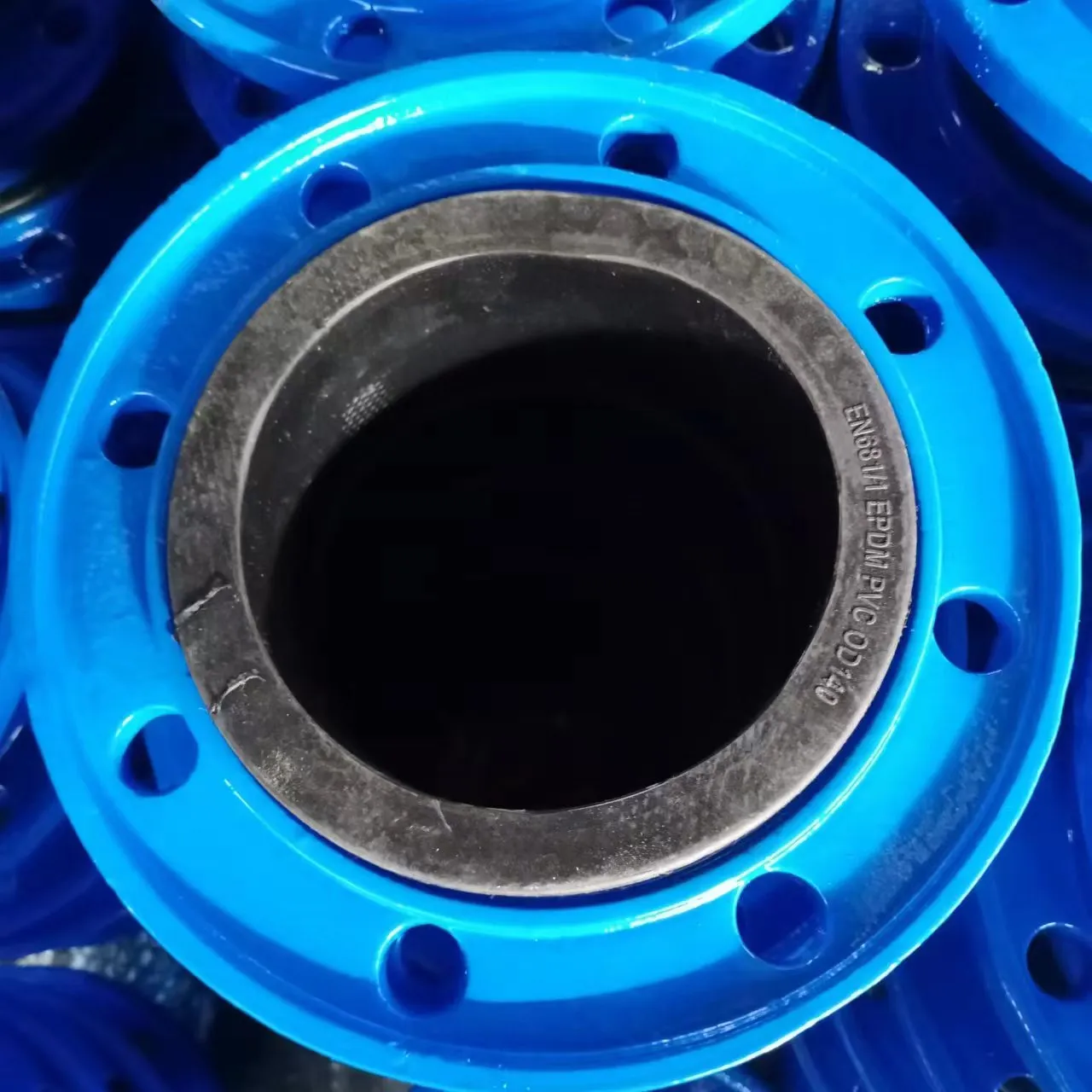Gate Valve Won't Open - Troubleshooting and Solutions
Troubleshooting a Gate Valve That Won’t Open
Gate valves are widely used in various industrial applications and plumbing systems for their ability to provide a straight flow path and minimal pressure drop when fully open. However, encountering a gate valve that won’t open can be a frustrating experience. Understanding the potential causes and how to troubleshoot the problem can save you time and resources.
Common Causes of Gate Valve Malfunction
1. Corrosion and Sediment Build-Up Over time, minerals and other materials can accumulate inside the valve, particularly if the water supply has a high sediment content. This build-up can prevent the gate from moving freely, making it difficult or impossible to open the valve.
2. Grit and Debris Similar to corrosion, gritty substances can enter the valve’s mechanism, jamming the gate. This is especially common in older systems where maintenance may have been neglected.
3. Misalignment Gate valves need to be aligned properly within the piping system to function correctly. If the valve has been improperly installed, or if the piping has shifted over time, this misalignment can prevent the gate from opening.
4. Worn Seals and Gaskets The seals in a gate valve can wear out or become damaged over time, especially if the valve is frequently opened and closed. Damaged seals can cause the gate to stick, making operation difficult.
5. Actuator Failure In automated systems, gate valves are often operated with actuators. If the actuator fails, the valve will not open. It’s important to check the actuator’s functionality before assuming the valve itself is the issue.
Troubleshooting Steps
gate valve won t open

1. Visual Inspection Start by examining the valve for any visible signs of damage or corrosion. Look for any build-up around the valve or signs that it has been subjected to extreme pressure.
2. Manual Operation If possible, attempt to operate the valve manually. Use a valve wrench to turn the valve handle. This action often helps identify if it is stuck due to internal issues or external factors affecting movement.
3. Check for Alignment Ensure the valve is properly aligned within the piping. If the valve is misaligned, realigning may solve the problem. This could involve loosening the supporting structure and repositioning the valve.
4. Remove Sediment If there’s a significant amount of sediment or debris, consider flushing the valve while it’s open. In some cases, professional cleaning or a valve replacement is more effective.
5. Examine the Actuator If an actuator operates the valve, verify its functionality. Check for any electrical issues or mechanical failures. If the actuator is broken, it will need to be repaired or replaced.
6. Consult a Professional If you are unable to resolve the issue through these methods, consider consulting a plumbing professional or valve specialist. They can help diagnose more complex mechanical problems or internal corrosion that may be hard to identify without specialized equipment.
Conclusion
A gate valve that won’t open can be a significant inconvenience, but understanding the potential causes and the correct troubleshooting steps can help restore your system’s functionality. Regular maintenance and prompt attention to minor issues can prevent future problems, ensuring smooth operation of your plumbing and industrial systems. Whether through DIY efforts or professional assistance, addressing gate valve issues proactively will save time and enhance the efficiency of your systems.
-
The Smarter Choice for Pedestrian AreasNewsJun.30,2025
-
The Gold Standard in Round Drain CoversNewsJun.30,2025
-
The Gold Standard in Manhole Cover SystemsNewsJun.30,2025
-
Superior Drainage Solutions with Premium Gully GratesNewsJun.30,2025
-
Superior Drainage Solutions for Global InfrastructureNewsJun.30,2025
-
Square Manhole Solutions for Modern InfrastructureNewsJun.30,2025
-
Premium Manhole Covers for Modern InfrastructureNewsJun.30,2025
